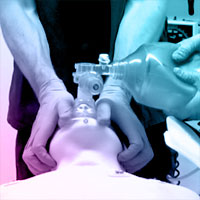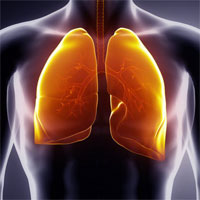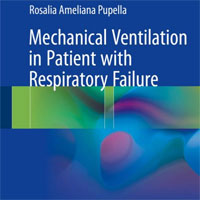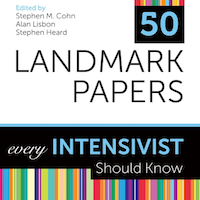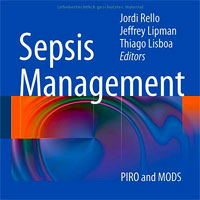Tag: ventilation
Advances in Critical Care Management of Patients Undergoing Cardiac Surgery
Cardiac surgery has been evolving to include minimally invasive, hybrid and transcatheter techniques. Increas‑ing patient age and medical complexity means that critical care management needs to adapt and evolve. Recent... read more

Mechanical Ventilation: Physiological and Clinical Applications
Known for its simple explanations and in-depth coverage of patient-ventilator management, this evidence-based text walks readers through the most fundamental and advanced concepts surrounding mechanical ventilation and guides... read more
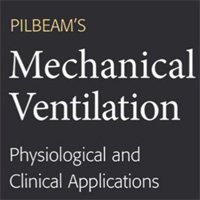
The A1 Sedation Package: Better Care for Intubated Patients
You are called to the scene of a 56-year-old male found unresponsive in his garage workshop. Upon examining him you find him minimally responsive to painful stimulus, moaning and groaning. His family tells you he has high... read more

Fluid Bolus Over 15-20 Versus 5-10 Minutes Each in the First Hour of Resuscitation in Children With Septic Shock
Children receiving fluid boluses over 5–10 minutes each had a higher risk of intubation than those receiving boluses over 15–20 minutes each. Notwithstanding the lack of difference in risk of mortality and the possibility... read more

Comparing Effects Between Music Intervention and Aromatherapy on Anxiety of Patients Undergoing Mechanical Ventilation in the ICU
Music and aromatherapy interventions were both effective for ICU patients. The effects of music intervention were greater than that of aromatherapy; both interventions maintained the effects for at least 30 min. The Music... read more

When to Withdraw Resuscitation in the ED
When can and should we withdraw from continuing resuscitation in the Emergency Department? We are here to save lives. I would argue the Emergency Medicine is a very pure expression of a Doctor's role: we meet a patient, we... read more
One-Year Outcomes in Patients With ARDS
Poor functional recovery after invasive mechanical ventilation for acute respiratory distress syndrome is common. Helmet noninvasive ventilation may be the first intervention that mitigates the long-term complications that... read more
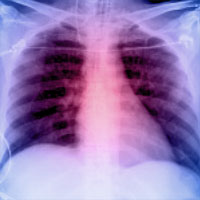
Adaptive servo ventilation cuts atrial fib burden
Adaptive servo ventilation produced a significant and clinically meaningful reduction in atrial fibrillation burden in patients with heart failure and sleep apnea in results from an exploratory, prospective, randomized study... read more

Intra-Abdominal Hypertension Is More Common Than Previously Thought
Intra-abdominal hypertension is common in both surgical and nonsurgical patients in the intensive care setting and was found to be independently associated with mortality. Despite prior reports to the contrary, intra-abdominal... read more

High-Flow Nasal Cannula in Critically Ill Subjects With or at Risk for Respiratory Failure
High-flow nasal cannula (HFNC) oxygen delivery has been gaining attention as an alternative means of respiratory support for critically ill patients, with recent studies suggesting equivalent outcomes when compared with other... read more
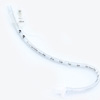
Criteria for Identifying Lung Injury Prior to the Need for Positive Pressure Ventilation
Mortality associated with acute lung injury (ALI) remains high. Early identification of ALI prior to onset of respiratory failure may provide a therapeutic window to target in future clinical trials. This study empirically... read more
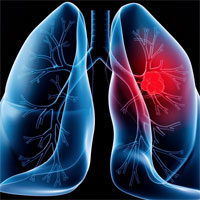
Tracheotomy in the ICU: Guidelines from a French Expert Panel
Tracheotomy is widely used in intensive care units (ICUs), albeit with great disparities between medical teams in terms of frequency and modality. Indications and techniques are, however, associated with variable levels of... read more

Apneic Oxygenation in the ICU
Hypoxemia is the most common complication of endotracheal intubation in the critically ill and the strongest risk factor for periprocedural cardiac arrest and death. The traditional approach to avoiding desaturation during... read more

Associations With Psychological Outcomes Among Family Members of Mechanical Ventilation Survivors
In this multicenter cross-sectional survey, we interviewed family members of mechanically ventilated patients at the time of transfer from the ICU to the hospital ward. To our knowledge, this is the first study to explore... read more
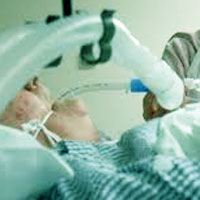
Does Respiratory Variation Of Inferior Vena Cava Diameter Predict Fluid Responsiveness In Spontaneously Ventilating Children With Sepsis
IVC collapsibility has poor test characteristics for predicting fluid responsiveness in spontaneously ventilating children with sepsis. Thirty-nine fluid boluses were recorded in 33 children, 28/39 (72%) of which met criteria... read more

Oxygen Flow Rate and FiO2: Understand the Relationship!
Oxygen, we all need it! We do not need a lot of it under normal circumstances, with 0.21 being the fraction of inspired oxygen (FiO2) of room air. FiO2 is defined as the concentration of oxygen that a person inhales. The... read more
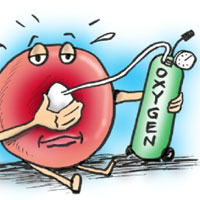
ECMO, An Issue of Critical Care Clinics
This issue of Critical Care Clinics focuses on Mechanical Circulartory Support. Editors Nitin Puri and Michael Baram have assembled an expert team of authors on topics such as: History of Extracorporeal Membrane Oxygenation... read more
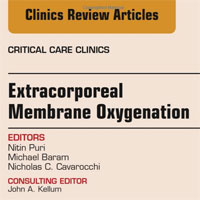
Lack of Association of High Backrest With Sacral Tissue Changes in Adults Receiving Mechanical Ventilation
Although higher backrest elevation may be a theoretical risk for integrity of sacral tissues, few data support use of high backrest elevation. Level of backrest elevation is not associated with changes in tissue integrity.... read more
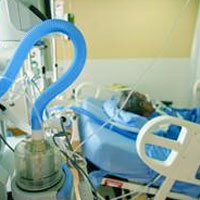
Noninvasive Ventilation in Patients With Do-Not-Intubate and Comfort-Measures-Only Orders
A large proportion of patients with do-not-intubate orders who received noninvasive ventilation survived to hospital discharge and at 1 year, with limited data showing no decrease in quality of life in survivors. Provision... read more
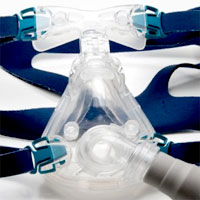
Finding the Best Strategy to Improve Weaning Outcomes
Respiratory muscle dysfunction, being a common cause of weaning failure, is strongly associated with prolonged mechanical ventilation (MV) and prolonged stay in intensive care units. Strategies to improve weaning outcomes... read more

The effect of neuromuscular blockade on the efficiency of facemask ventilation in patients difficult to facemask ventilate
Facemask ventilation of the lungs can be an important rescue intervention in a "cannot intubate" scenario. We assessed the effect of neuromuscular blockade on expiratory tidal volumes in patients with expected difficulty... read more
